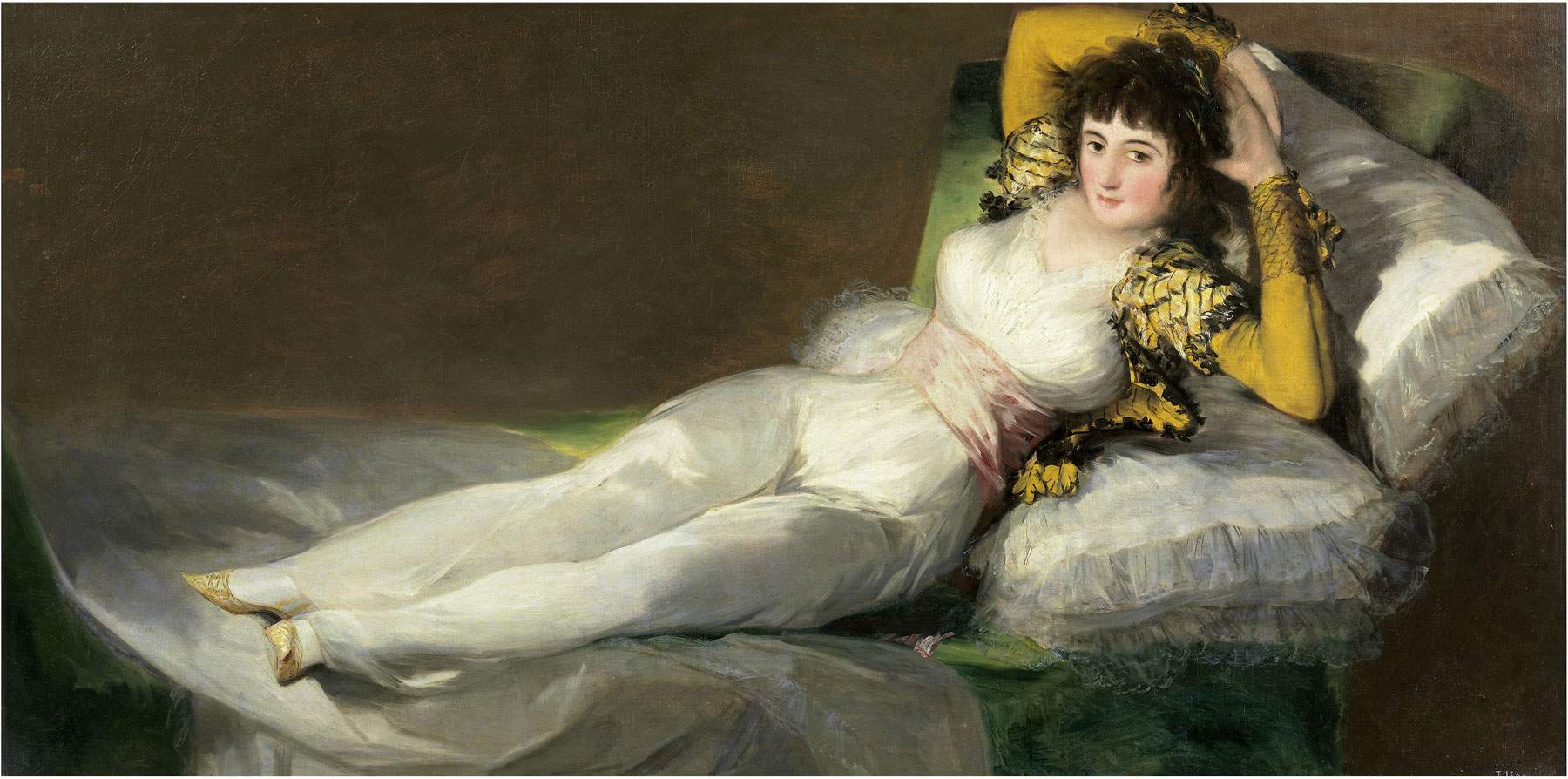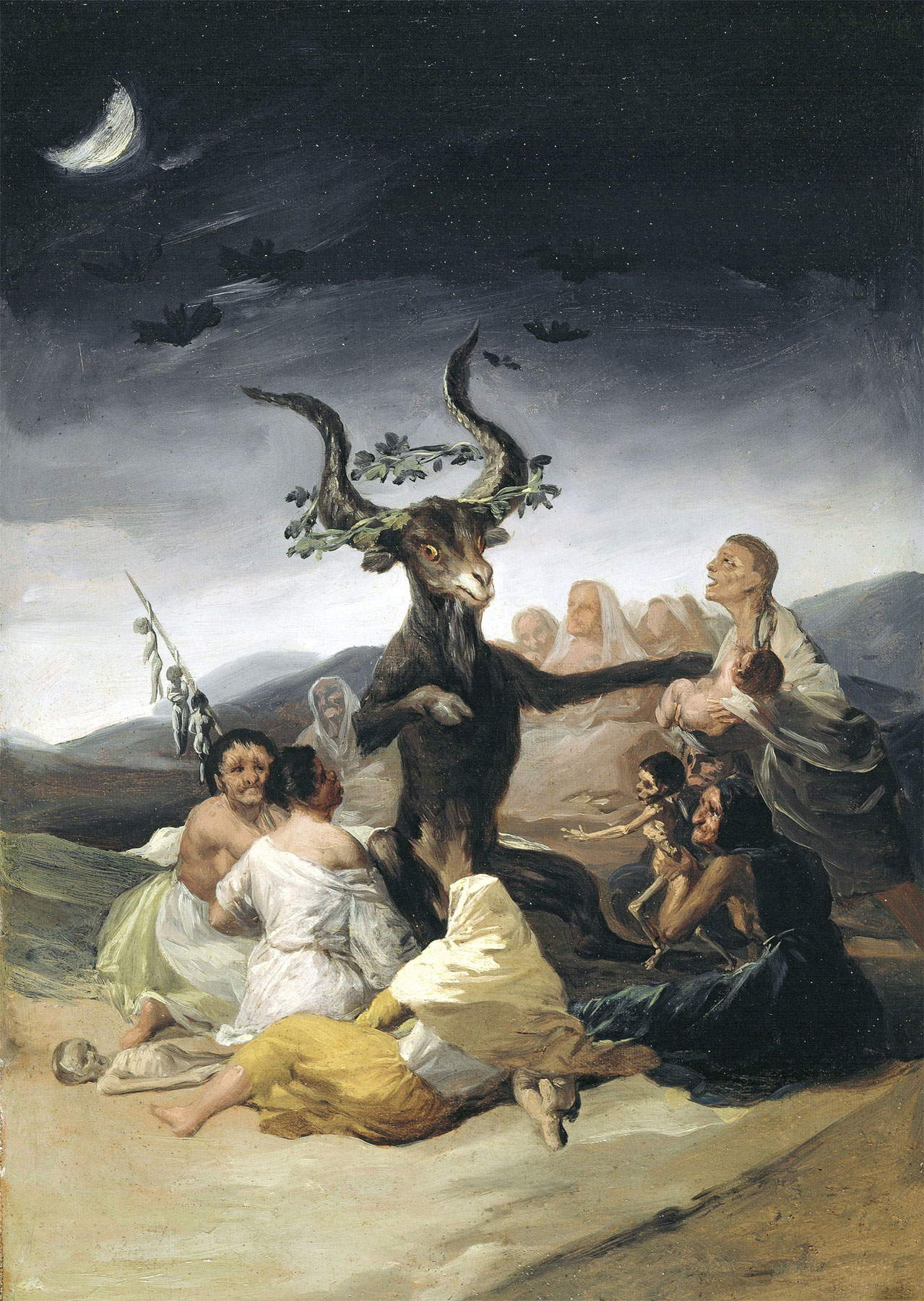From October 10, 2021 to January 23, 2022, the Fondation Beyeler in Basel is organizing one of the largest exhibitions on Francisco Goya (Francisco de Goya y Lucientes; Fuendetodos, 1746 - Bordeaux, 1828) ever held outside Spain. Entitled simply Goya, curated by Martin Schwander together with Ioana Jimborean, associate curator, and Gudrun Maurer, scientific advisor, and organized in collaboration with the Museo Nacional del Prado in Madrid, the exhibition will bring together privately owned Spanish paintings rarely exhibited in public that will be juxtaposed for the first time with masterpieces from the most renowned museum venues and private collections in Europe and America.
In a highly personal manner, Francisco de Goya y Lucientes gave space in his multifaceted production to the joys and splendors as well as the horrors and abysses of human existence. Among the most prominent genres and themes of his painting are especially portraits, depicting members of the royal family and aristocratic figures as well as friends and acquaintances of the artist. The conception underlying the portraits is complex as Goya depicts the composite personality of the subjects with acute psychological penetration. There is also no shortage of self-portraits, which hint at the motions of the artist’s soul and reflective intelligence. A theme of its own is the majas: female images from which emanates a relationship between man and woman charged with tension. In his genre paintings Goya sketches the everyday realities of Spanish society such as markets and bullfighting arenas, bandit hideouts, asylums, and inquisition courts. Equally important are the scenes illustrating witches’ sabbaths in which Goya depicts the superstition, irrationality and nightmares of his era.
The exhibition at the Fondation Beyeler follows a chronological course and, in approaching Goya’s art, takes its starting point from the ambivalent and contradictory position of this painter who, while on the one hand he was one of the last great masters within the tradition of court artists in Europe, on the other hand he executed hermetic images on his own account and in total freedom of expression. Over the course of his career, which lasted more than sixty years and spanned a span from the late Rococo to Romanticism, Goya produced a vast body of paintings, drawings, and etchings. The exhibition focuses on the late mature years and, in order to highlight the uniqueness of Goya’s figural worlds and to account for the formal and content richness of his work, the exhibition will offer the entire typological spectrum (genre scenes and portraits, as well as still lifes and history paintings) and all of Goya’s distinctive motifs. Large-format paintings will be presented together with small and precious pieces to constitute an in-depth and comprehensive review of Goya’s oeuvre.
 |
| Francisco Goya, La maja vestida (1800-1807; oil on canvas, 95 x 190 cm; Madrid, Museo del Prado) |
 |
| Francisco Goya, The Witches’ Sabbath (1797-1798; oil on canvas, 43 x 30 cm; Madrid, Fundación Lázaro Galdiano) |
 |
| Francisco Goya, Doña María del Pilar Teresa Cayetana de Silva Álvarez de Toledo, XIII duquesa de Alba (1795; oil on canvas, 192 x 128 cm; Madrid, Fundación Casa de Alba, Palacio de Liria) |
Valuable centerpieces of the exhibition are the 1795 portrait of the Duchess of Alba and the iconic depiction of the Maja vestida (18001807). Exceptionally displayed together are the two paintings Majas al balcone and Maja e la mezzana, both from the period 18081812, from private European collections. In their depiction of seductive femininity they anticipate one of �?douard Manet’s finest compositions, The Balcony of 1868-1869 (Musée d’Orsay, Paris). A highlight of the exhibition is the small-format genre pictures, most of which are held in private Spanish collections and only rarely seen outside Spain. These are paintings in which Goya, similarly to the drawings and etchings, gave full play to his deepest creative vein. For the first time since what has so far been the only presentation at the Prado Museum, the entire series of eight genre pictures held in the Madrid collection of the Marquises de la Romana is being exhibited at the Fondation Beyeler. It is joined by the four celebrated plates with genre scenes belonging to the Real Academia de Bellas Artes de San Fernando in Madrid and usually loaned on an exceptional basis.
The exhibition also features a selection of sheets from the Los Caprichos cycle published in 1799, including the famous etching No. 43 with the programmatic title The Sleep/Dream of Reason Generates Monsters, in which Goya’s conviction that neither with reason nor with irony and sarcasm can irrationality be defeated reverberates melancholy and resigned. Further attracting the exhibition is a conspicuous group of sheets from the Desastres de la guerra, 18111814.
Goya’s enigmatic and abysmal iconographic universe was especially appreciated by modern Spanish artists, including Pablo Picasso and Joan Miró. In the 1920s the Surrealists felt the master was close to their own instances. For contemporary artists, too, Goya is an important source of inspiration: in his reflection on the position of the human being in a conflicted world that oscillates between reason and senselessness, Goya’s images prove more relevant than ever. The exhibition brings together more than seventy paintings and a set of about fifty drawings and about fifty etchings, the birth of which can also be reconstructed through a large number of print proofs. The works exhibited in Riehen are of exemplary quality. Rarely exhibited paintings from private Spanish ownership, some of which have never changed hands since the artist’s time, will be placed side by side for the first time in this context with pivotal works from the most prestigious public and private collections in Europe and America. Loans come from such renowned museums as the Museo Nacional del Prado, the Museo Thyssen-Bornemisza, the Fundación Lázaro Galdiano and the Fundación Casa de Alba in Madrid, the Musée du Louvre in Paris, the Metropolitan Museum of Art in New York, the National Gallery in London, the Uffizi Gallery in Florence, the National Gallery of Ireland in Dublin, the Oskar Reinhart “Am Römerholz” collection in Winterthur, the Minneapolis Institute of Art and the Museum of Fine Arts in Houston.
The Goya exhibition, conceived by Isabela Mora and Sam Keller, is organized by Fondation Beyeler in cooperation with Museo Nacional del Prado, Madrid. The exhibition catalog is published in German and English by Hatje Cantz Verlag, Berlin, and in Spanish by Ediciones El Viso, Madrid. It carries contributions by José Manuel Matilla and Gudrun Maurer of the Museo Nacional del Prado, as well as by Andreas Beyer, Helmut C. Jacobs, Ioana Jimborean, Mark McDonald, Manuela B. Mena Marqués, Martin Schwander, and Bodo Vischer. It also boasts an introductory essay by award-winning Irish writer Colm Tóibín. Information is available at the Fondation Beyeler website.
 |
| Basel hosts one of the largest ever exhibitions on Goya outside Spain |
Warning: the translation into English of the original Italian article was created using automatic tools. We undertake to review all articles, but we do not guarantee the total absence of inaccuracies in the translation due to the program. You can find the original by clicking on the ITA button. If you find any mistake,please contact us.